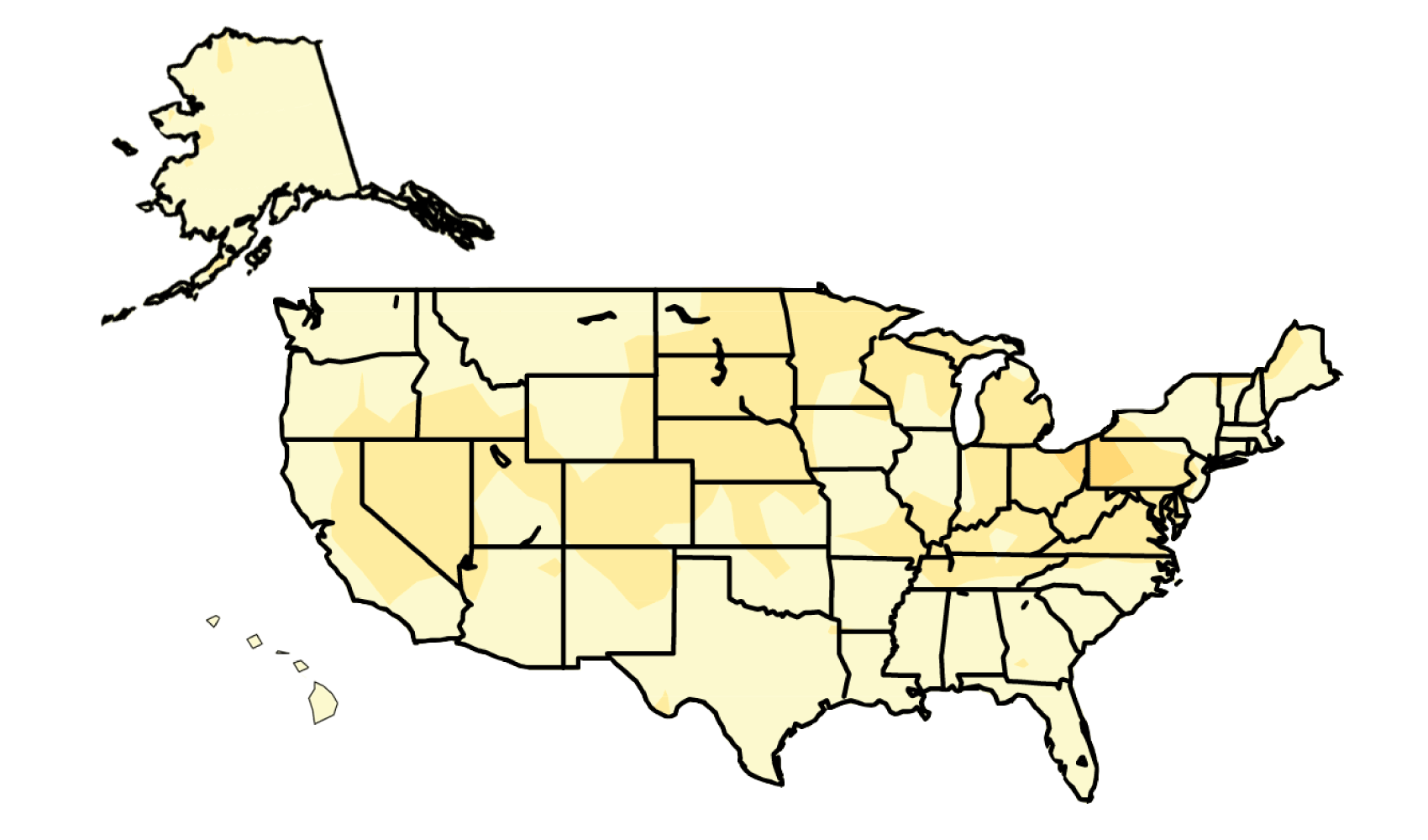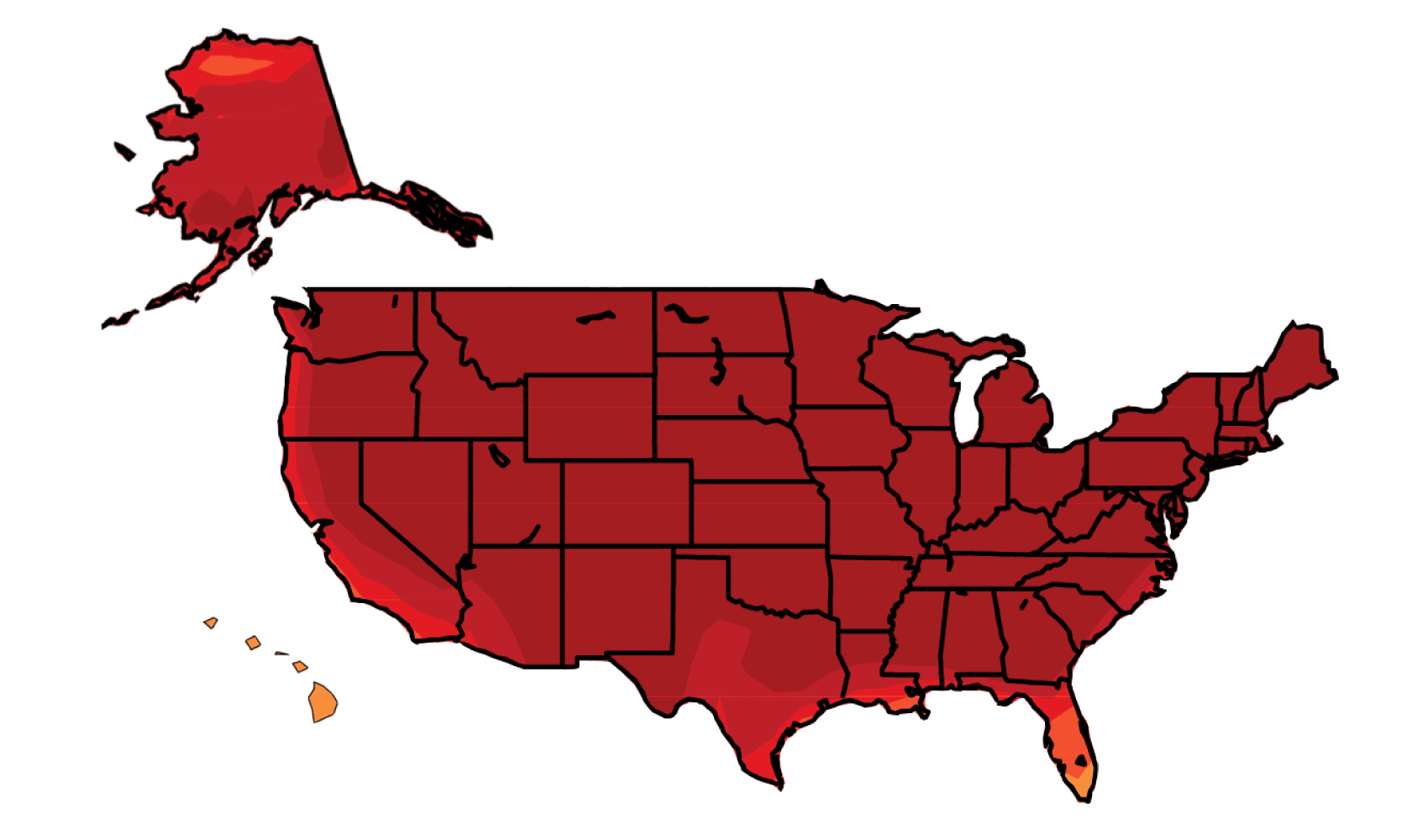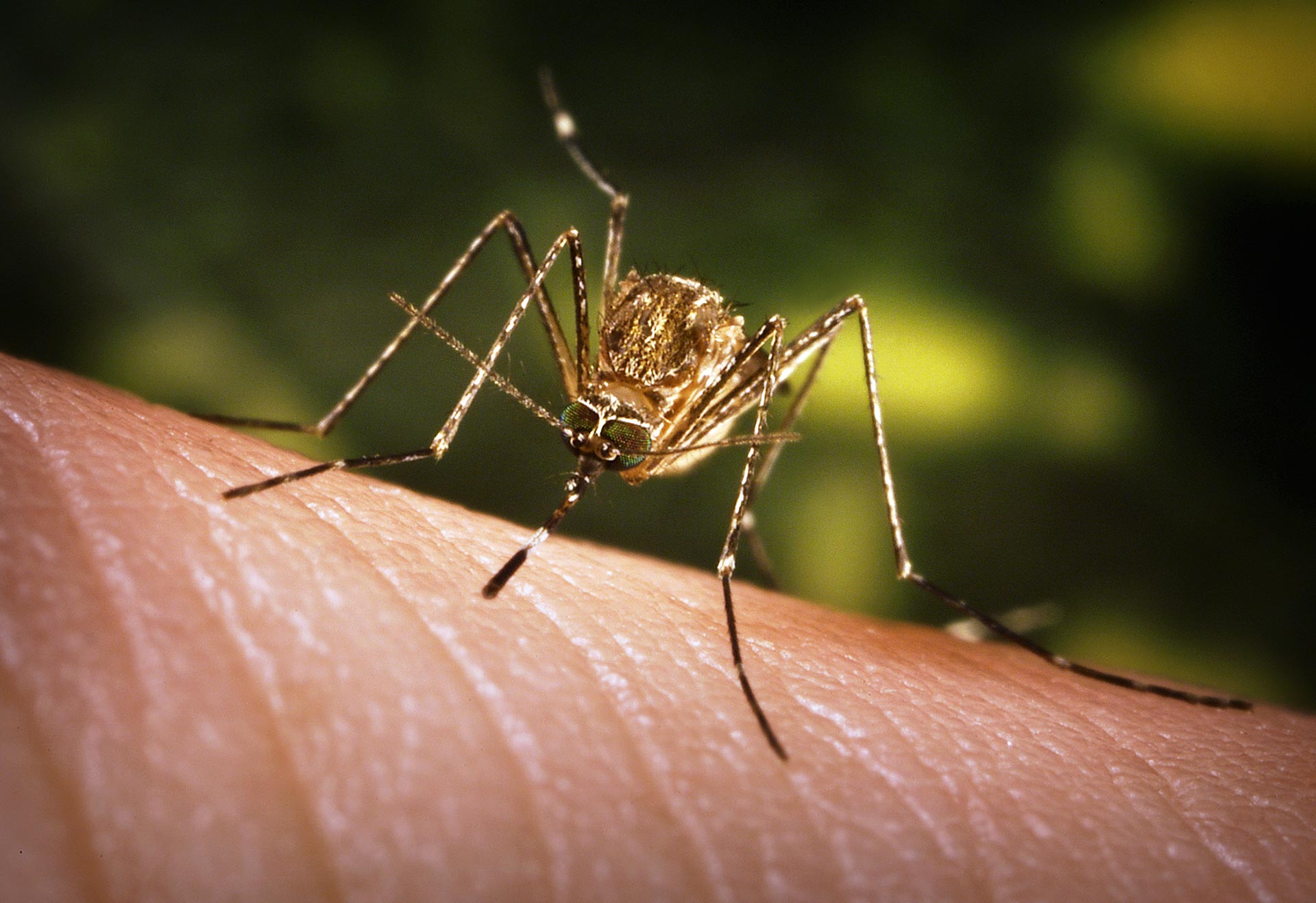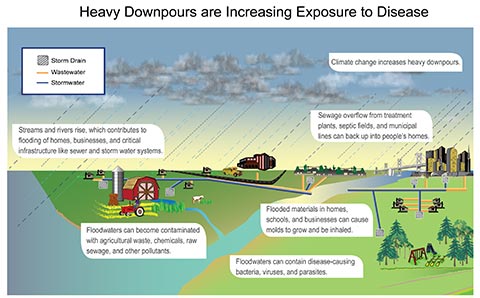Introduction
Climate change, together with other natural and human-made health stressors, influences human health and disease in numerous ways. Some existing health threats will intensify and new health threats will emerge. Not everyone is equally at risk. Important considerations include age, economic resources, and location. Preventive and adaptive actions, such as setting up extreme weather early warning systems and improving water infrastructure, can reduce the severity of these impacts, but there are limits to the effectiveness of such actions in the face of some projected climate change threats.
Climate change presents a global public health problem, with serious health impacts predicted to manifest in varying ways in different parts of the world. Public health in the U.S. can be affected by disruptions of physical, biological, and ecological systems, including disturbances originating in the U.S. and elsewhere. Health effects of these disruptions include increased respiratory and cardiovascular disease, injuries and premature deaths related to extreme weather events, changes in the prevalence and geographical distribution of food- and waterborne illnesses and other infectious diseases, and threats to mental health.
 ©Jose Luis Pelaez, Inc./Blend Images/Corbis
©Jose Luis Pelaez, Inc./Blend Images/Corbis
Key weather and climate drivers of health impacts include increasingly frequent, intense, and longer-lasting extreme heat, which worsens drought, wildfire, and air pollution risks; increasingly frequent extreme precipitation, intense storms, and changes in precipitation patterns that lead to drought and ecosystem changes (Ch. 2: Our Changing Climate); and rising sea levels that intensify coastal flooding and storm surge (Ch. 25: Coasts). Key drivers of vulnerability include the attributes of certain groups (age, socioeconomic status, race, current level of health – see Ch. 12: Indigenous Peoples for examples of health impacts on vulnerable populations) and of place (floodplains, coastal zones, and urban areas), as well as the resilience of critical public health infrastructure. Multi-stressor situations, such as impacts on vulnerable populations following natural disasters that also damage the social and physical infrastructure necessary for resilience and emergency response, are particularly important to consider when preparing for the impacts of climate change on human health.




























